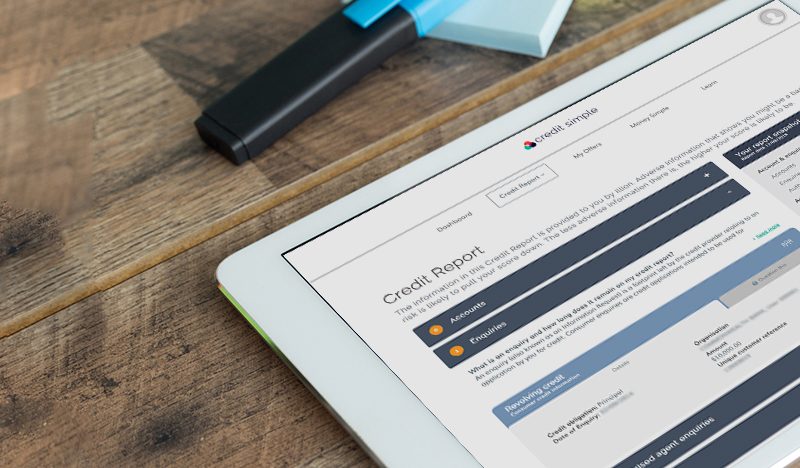Want a clear score? Knowledge is power. Make sure you know your credit terminology
Credit card usage has become ubiquitous worldwide, even among those who want to get a clear score. In Australia alone, we have accrued around $32 billion in credit card debt to date. Statistics also show that from 2010 to 2017, the average credit card purchase went up from eight purchases a month to 13.
With the increase of credit card usage in Australia, there has also come additional stress. The Australian Securities and Investments Commission (ASIC) conducted a survey about financial attitudes which found that 36 per cent of respondents felt stressed or overwhelmed when dealing with money.
To fully understand how to manage credit card debt and finances overall, it’s crucial to understand common credit score terminology. Here is a brief credit score glossary to look at some of the most popular credit score terms, with some help from the ASIC glossary.
Clear score
What does it mean to have a clear score? Credit Simple credit scores run from zero to 1,000. A clear score is more than 500. A good credit score is around 600-700. And an outstanding score is more than 900. You can read more on our blog about how to get a clear score.
Credit contract
A credit contract is made up of the terms and conditions that you agree to with a credit provider. This document, which is a requirement from the credit provider, includes the term, interest rate, fees, and other details of your loan.
Credit file
A credit file is held by a credit reporting agency, details your full credit history, and is used by lenders to make the decision of whether or not to approve a credit application. Every credit enquiry you have made, every default on repayment, and every late bill payment are all examples of the records on your credit file.
Credit guide
A credit guide is not the same as a credit contract. A guide is essentially all the information you need about the lender and the costs of loans they offer. Other information can include the lender’s licence number and external dispute resolution scheme membership.
Credit report
Also known as a credit reference, a credit report details your full credit history. This includes every application you have submitted for a line of credit, as well as if you have defaulted on payment. Credit reports are generated from a credit reporting agency.
Credit limit
Your credit limit on a given line of credit is the maximum amount you can borrow from that lender. Your credit limit can often be raised if you have made your payments on time.
Credit rating
A credit rating is also referred to as a credit score. This is the number you are given based on your credit history—your borrowing and repayment history. The details on your credit report or credit file inform your overall credit rating.
You can find more helpful information about credit scores on our site, or click here to check your credit score and see if you’ve got a clear score.
- Post Tags:
- clear score
- credit file
- credit score
Credit Simple
Credit Simple gives all Australians free access to their credit score, as well as their detailed credit report. See how your credit score compares by age, gender and community and gain valuable insights into what it all means.
All stories by: Credit Simple


